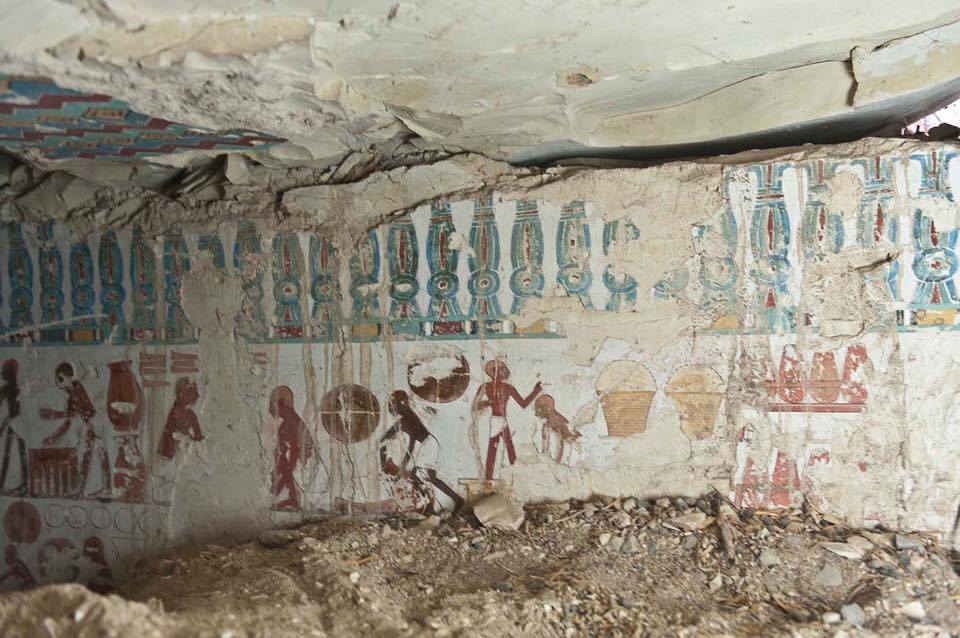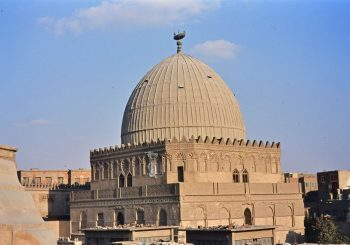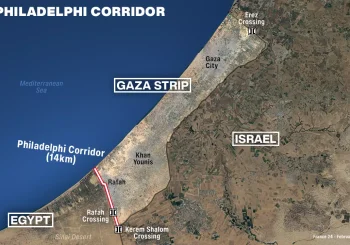More discoveries are revealed week after week in Egypt reaching the Spanish Archaeological Mission discovery of an intact burial chamber in Qubbet el-Hawa, West Aswan.
The discovered burial belongs to Sarenput II, the brother of one of the most important governors of the 12th Dynasty (middle Kingdom), according to Luxor Times Magazine on Wednesday.
“The discovery is important because not only for the richness of the burial but it sheds light on those individuals who were shadowed by others in power. In fact, there is no much information about them,” said Mahmoud Afifi, head of the ancient Egyptian antiquities department of the antiquities ministry.
Director of Aswan Antiquities Nasr Salama said that the present finding is unique because it has been located with all the funerary goods, which consist of pottery, two cedar coffins (outer and inner) and a set of wooden models, which represents funerary boats and scenes of the daily life.
Another discovery has been disclosed through the efforts of Alejandro Jiménez-Serrano, director of the Spanish mission of the University of Jaen. A mummy covered with a polychrome cartonnage, a beautiful mask and collars in good condition of preservation, was discovered, yet remains under study.
The inscriptions of the coffins bear the name of the defunct, Shemai, followed respectively by his mother and father, Satethotep and Khema. The latter was governor of Elephantine under the reign of Amenemhat II.
Serrano explained that Sarenput II, the eldest brother of Shemai, was one of the most powerful governors of Egypt under the reigns of Senwosret II and Senwosret III. Apart from his duties as governor of Elephantine, he was general of the Egyptian troops and was responsible of the cult of different gods.
“This discovery, the University of Jaen Mission in Qubbet el-Hawa adds more data to previous discoveries of fourteen members of the ruling family of Elephantine during Dynasty 12. Such high number of individuals provides a unique opportunity to study the life conditions of the high class in Egypt more than 3800 years ago,” the director of the mission said.
Last week, a colossus of Psamtek I has been found in Matariya, Cairo by Egyptian and German archaeologists. In February, A team of Egyptian and Japanese archaeologists has discovered a new 3000-year-old tomb in Al-Khokha archaeological site on the West Bank in Luxor, which is believed to belong to a Royal Scribe called “Khonsu”.






Comments (11)
[…] podstawie: Egyptian Streets, Luxor Times […]
[…] Continue reading – Spanish Archaeologists Discover Unopened 4000-Year-Old Tomb in Aswan […]